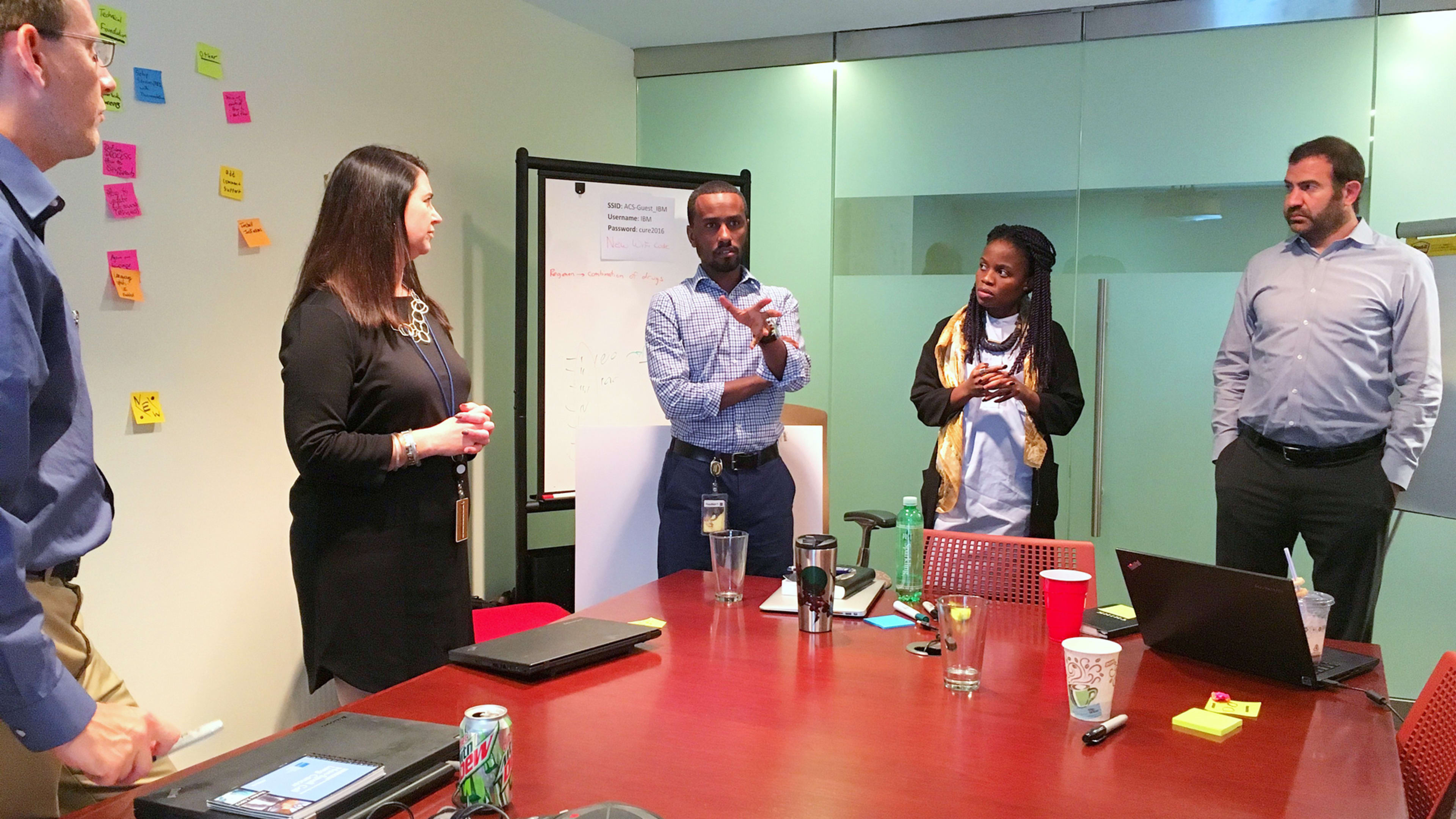Currently, only about 10% of cancer patients in sub-Sahara Africa receive chemotherapy treatment. More than a half million people are diagnosed with cancer in the region annually, while nearly the same number die from it each year, too. Without intervention, that toll is expected to double by 2030, partly because as people are otherwise living longer, thanks to better malaria and HIV treatments and prevention. But chemotherapy and related drugs are both expensive and tricky to use because there are so many types and stages of the disease.
To fix it, you’d need to somehow lower and stabilize medicine prices and train doctors on various treatment protocols. (Plus, adapt everything in a way that could work in areas with minimal medical facilities.)
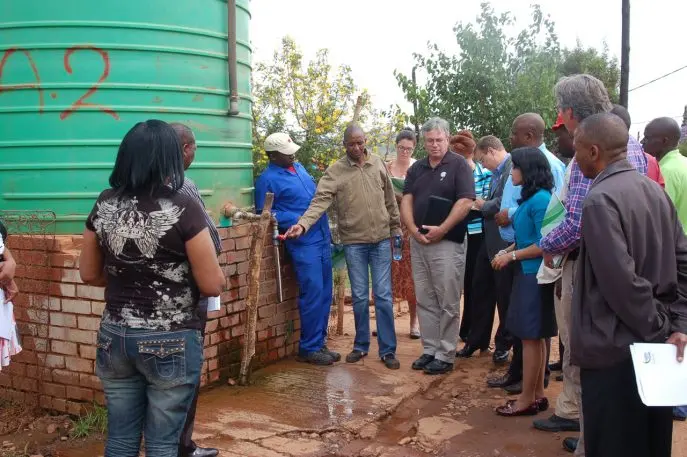
Other IBM Health Corps projects include efforts to map and reduce mosquito-related diseases like dengue fever and Zika in Panama and Taiwan, and work alongside Duke to plot and fix vexing community health issues in the southeastern U.S. But Health Corps is just the latest in a trio of similar programs at the company designed to loan coders, engineers, and even business development managers to social good projects that could change the world.
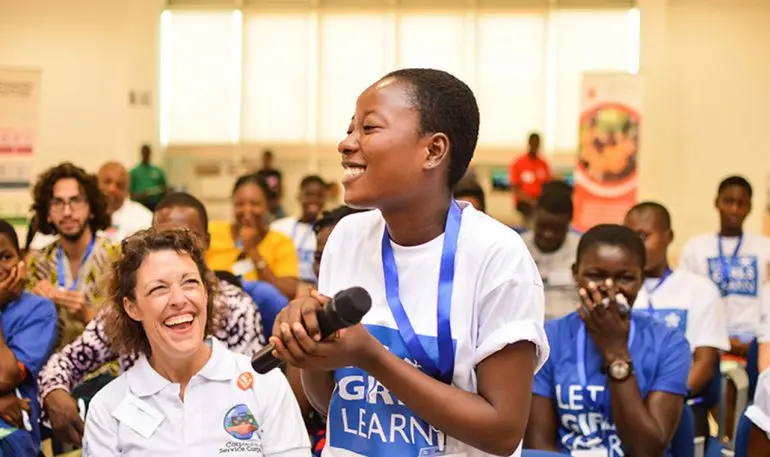
Anyone with at least two years at the company may apply. In general, a review committee grades applicants on previous performance reviews and their answers to a series essay questions. (IBM didn’t elaborate on exact topics, but tries to create a “holistic profile” of each candidate, and judge their English proficiency.) The formula gives extra points to those who can demonstrate that they’re already interested in community service work. Workers can specify what part of the world they’d like to work in, but the company is the ultimate matchmaker.

When that medicine arrives, governments not only have a better idea of where to distribute it, they can also re-order in a way that preserves their price agreements. For doctors, IBM has created an app to direct patients to the closest (and cheapest) pharmacies that stock those medications. At the same time, with ACS encouragement, the National Comprehensive Cancer Network and African health officials created new cancer treatment protocols adapted specifically for the region. IBM’s crack team turned that into free software, which will be available in November and provide doctors more guidance while collecting data for epidemiological studies.
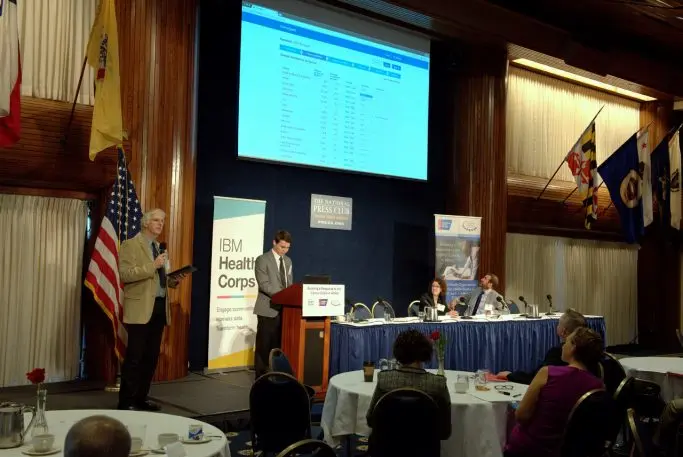
IBM has always contributed to philanthropic causes: It funded the formation of the NAACP in the 1930s and, by the mid-80s was using PC-boom related wealth to give out 50% of all corporate philanthropy spent abroad. But developing pro bono swat teams for specialized problems is a shift. The Corporate Service Corps began 10 years ago, followed by Smarter Cities Challenge in 2011, and then Health Corps.
In 2015, the company still gave about $36 million in cash grants to needy causes, $110 million in gratis technology, and an estimated $60 million in pro bono work. In general, its philanthropic priorities are improving education, health, and resilient communities.

Today, the company thinks about how to partner in more strategic ways. “Building those immersive experiences is sort of a signature piece because it’s about employee engagement. It’s about the way millennials work. It’s about driving social impact and it’s also about bringing a little bit of fun back to the workplace, which I think is pretty important.”
Since 2008, Corporate Service has sent at least 3,500 workers to projects in 40 counties. Projects include working with Coders4Africa in Senegal to provide programmers business training along with technical skills, a disabled rights group in India to open business processing centers that could create more jobs, and finding ways to boost donations and the distribution range of food banks in Latin America.
Smart Cities alone has plugged into 130 cities; that includes improving ambulance response times in Memphis, building a renewable energy grid in Pingtung County in Taiwan, and expanding affordable housing through an analysis is declining but salvageable properties in Syracuse, New York.
On average, about 500 employees are expected to deploy this year. The process for getting picked, however, remains competitive: Only 10% of those who apply are picked, after a performance analysis and interviews to determine if their skill set and personality matches the gig. Those who do, however, generally become more valuable to the company. According to an IBM survey, 80% of managers say special mission veterans come back more positive and motivated. Among those who have deployed, 80% say they’re interested in staying aboard for life.
Of course, managers still have to deal with losing a top employee while she or he is in the field. The program coordinates to avoid conflicts with obvious commercial deadlines and end-of-quarter goals. Team members are expected to prep for several months ahead of their departure, giving other employees time to divide the leftover workload. It’s true some departments might be running differently when those employees return–especially if others have stepped up to fill the void–but that’s sort of the point. The employee who comes back is hopefully more dynamic; departments should change and evolve.

He and his team were initially only tasked with figuring out the medicine supply chain but lobbied for reconvening this summer for an obvious next step, matching newly vetted developing world treatments with that automate guidance software.
“I think that’s one of the great things that can come out of these types of collaborations. You’re getting all the right people together and not only are you trying to solve the [immediate] problem, but you’re kind of brainstorming and coming up with other ideas and ways to collaborate in the future. And that’s exactly what happened.”
For Sandy Campbell, a North Carolina-based marketing manager within IBM’s Global Business Partners, the chance to join a Corporate Service team in Serbia in June 2016 validated that, after more than 30 years with the company, her skills were broad enough to tackle even the most novel challenge. In this case, it was developing a business plan for a non-profit trying to incubate more local entrepreneurs. “It was a self-confidence boost that I could be plopped down in the middle of a very unfamiliar environment and be able to use my experience to do to work,” she says.
Since returning, she’s changed jobs within the company, joining their Global Business Partners division. Her former field team stays in touch, sharing skills that can help each other in their day jobs.
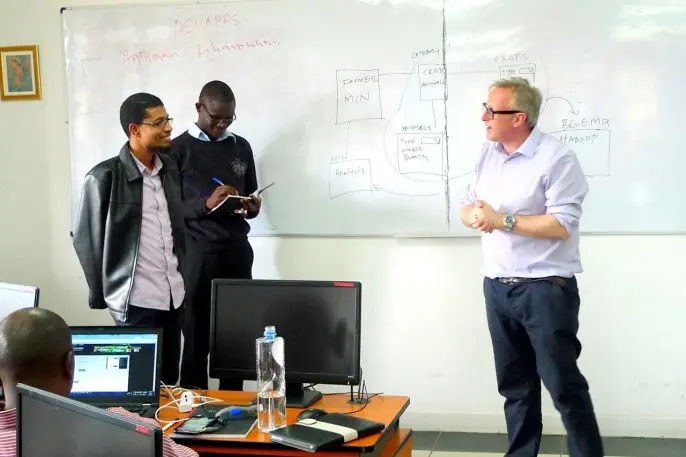
That formula may not be entirely profitable up front, but over time would make the company’s pro-bono efforts more sustainable. According to PYXERA, a consultancy that tracks global pro bono work, IBM’s efforts are the largest in the country. It’s not alone anymore: Since 2008, 25 major U.S. companies have sent a combined 8,000 employees abroad.
That’s allowed IBM to expand its impact by co-deploying with the likes of JP Morgan Chase, FedEx, Citi, Novartis, and others depending on the specialties required for each engagement. Last year, they began partnering with the Peace Corps, which has on-the-ground resources to track, monitor, and continue scaling programs in areas after employees depart.
Most people now lobbying to get involved with immersive experiences want help others and themselves, realizing that it’s a great way to grow as an adaptive, emotionally intelligent person. “If we play our cards right…. fast forward another 10 years and all of the senior leaders of our company will have had this experience, so they build that cultural sensitivity, they understand about the social impact being critical to the bottom line, and they understand about shared value.”
Recognize your brand’s excellence by applying to this year’s Brands That Matter Awards before the early-rate deadline, May 3.
